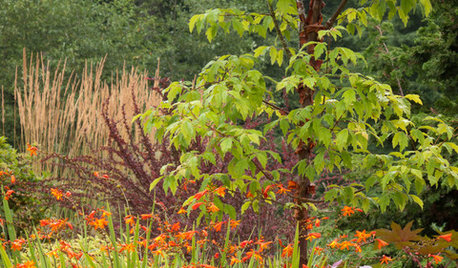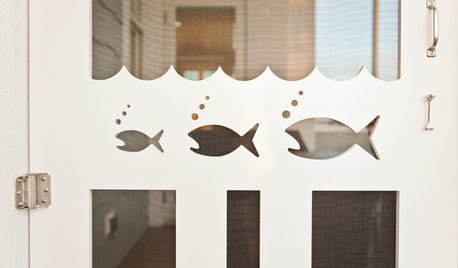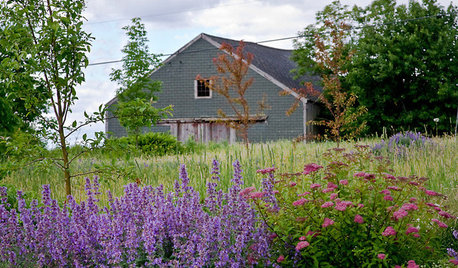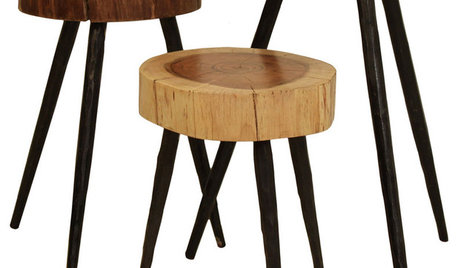Maple Cankers !!??!! Oh No!
cfmuehling
17 years ago
Related Stories

REMODELING GUIDESYour Floors: Zebra, Tiger, and Teak Wood, Oh, My!
Get the Pros and Cons of Exotic Woods: Hickory, Cherry, Rosewood and More
Full Story
TREES11 Japanese Maples for Breathtaking Color and Form
With such a wide range to choose from, there’s a beautiful Japanese maple to suit almost any setting
Full Story
GARDENING GUIDES13 Japanese Maples for Shade
A surprising variety of these understory trees is waiting to make a statement in your shade garden
Full Story
GARDENING GUIDESGreat Design Plant: Paperbark Maple
With fall foliage like a sunset and bark the color of cinnamon, this tree is a highlight of the landscape
Full Story
TRIMShutter Cutouts: A Window to One's Soul?
To settle on the perfect shape for this simple detail, follow your heart — or diamond, or maple leaf
Full Story
REMODELING GUIDESYour Floor: An Introduction to Solid-Plank Wood Floors
Get the Pros and Cons of Oak, Ash, Pine, Maple and Solid Bamboo
Full Story
GARDENING AND LANDSCAPINGLandscape Tour: Two Acres of Rural Hillside in Maine
An orchard of crab apples, a grove of sugar maples, even a hayfield ... pastoral landscape beauty doesn't get more idyllic than this
Full Story
PRODUCT PICKSGuest Picks: 20 Beautiful Wooden Pieces
Elm, Walnut, Maple and Other Woods Wow in These Home Finds
Full Story
HOME OFFICESNew This Week: 3 Home Offices That Know How to Work It
We look at the designers’ secrets, ‘uh-oh’ moments and nitty-gritty details of 3 great home offices uploaded to Houzz this week
Full Story
HOUZZ TOURSMy Houzz: Vintage Meets Industrial in Ohio 'Laboratory'
Science memorabilia, collected vintage and ... oh, don't forget the taxidermy crow. All combine in an eclectic modern Ohio home
Full StorySponsored
Central Ohio's Trusted Home Remodeler Specializing in Kitchens & Baths
More Discussions






cfmuehlingOriginal Author
jean001
Related Professionals
Lakewood Landscape Architects & Landscape Designers · Anderson Landscape Contractors · Jackson Landscape Contractors · Doctor Phillips Landscape Contractors · Fairhope Landscape Contractors · Fort Worth Landscape Contractors · Hurricane Landscape Contractors · Painesville Landscape Contractors · Wickliffe Landscape Contractors · Northlake Landscape Contractors · Downey Fence Contractors · El Monte Fence Contractors · Gainesville Fence Contractors · Palo Alto Fence Contractors · South Yarmouth Fence ContractorsEmbothrium
cfmuehlingOriginal Author
jean001
cfmuehlingOriginal Author
gardengal48 (PNW Z8/9)
cfmuehlingOriginal Author
vanyali
cfmuehlingOriginal Author
Virginia White
whaas_5a
CEFreeman
CEFreeman_GW DC/MD Burbs 7b/8a
Virginia White
CEFreeman_GW DC/MD Burbs 7b/8a
Virginia White
CEFreeman_GW DC/MD Burbs 7b/8a
gardengal48 (PNW Z8/9)
Virginia White